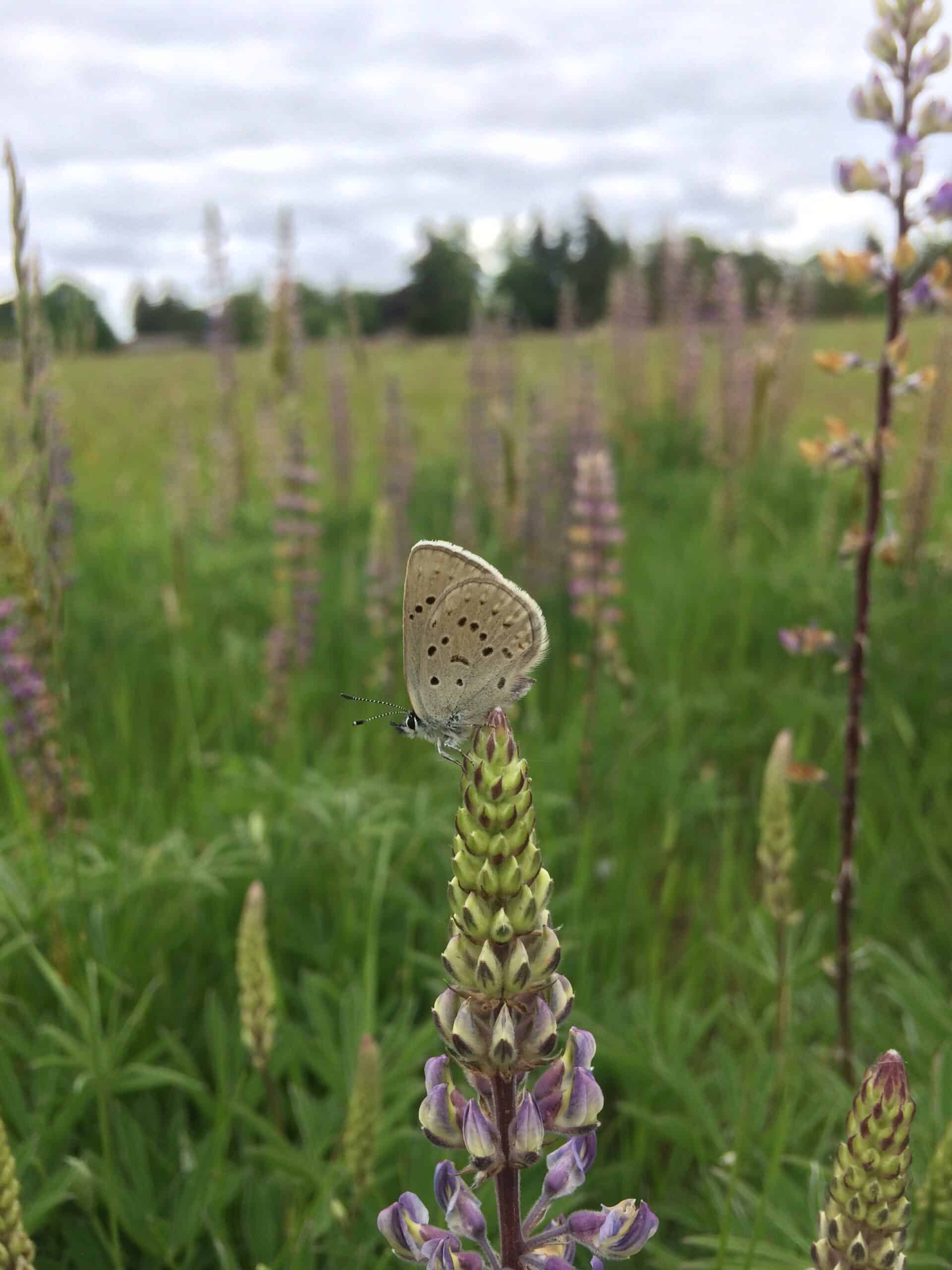Share this article
American public helps detect invasive pests
The American public is responsible for at least a quarter of new invasive pest detections, suggesting they could also play a large role in identifying invasive wildlife species.
“I had no idea that the proportion would be so high from the public,” said Rebecca Epanchin-Niell, a senior fellow at the conservation nonprofit Resources for the Future and a visiting associate professor at the University of Maryland. “We all have a role to play.”
Epanchin-Niell led a study published in Conservation Science and Practice looking at who was responsible for invasive species detections. She and her colleagues looked at how government agencies, local extension specialists and researchers and members of the public helped identify invasive pests, such as the emerald ash borer, an invasive beetle that’s responsible for the destruction of tens of millions of ash trees in the U.S. The public group included community members, farmers, nursery operators and others.
“Invasive species cause a lot of harm,” Epanchin-Niell said. “Once a species arrives, the best way to manage them and minimize their impact is through detecting them early.”
The team dug into forms that had been filled out by staff members with USDA-APHIS, which responds to invasive pests. Those forms included initial assessments that agency workers filled out regarding what pest was found, where and by whom. “There was this small snippet of information on there about how they learned about the pest,” Epanchin-Niell said.
After reviewing 169 detections that occurred from 2010 to 2018, the researchers determined the public contributed between 27% and 60% of them. Government agencies made 32% to 56% of the detections, while researchers and extension personnel accounted for 8% to 17% of them. Epanchin-Niell said the large ranges were due to some data uncertainties, but the public accounted for more than a quarter of detections. She hopes future forms can provide more certainty. “One of the things we talked to the agency about was to expand that aspect of reporting keeping to provide additional data,” she said.
The public also detected diverse taxa of species, spanning weeds, fung, and insects, including high-impact pests. The Asian giant hornet (Vespa mandarinia), popularly known as the murder hornet, is a recently infamous example of a harmful pest that was first detected in the U.S. by a member of the public in 2019. The spotted lanternfly (Lycorma delicatula), detected by the public in 2014, is another example.
The public was the primary source of detection on private land. “In residential and other private lands, obviously members of the public have more interaction and familiarity and access to these lands and were key to reporting in those settings,” she said.
The findings can apply to other wildlife other than just pests, Epanchin-Niell said. “There are other examples like feral swine that have massive ecosystem impacts,” she said. “The public is really important in reporting new sightings.”
Header Image: Traps like these are put up to catch invasive pests like the emerald ash borer. Researchers recently found the American public is responsible for reporting invasive pests like these. Credit: Chris Waits








